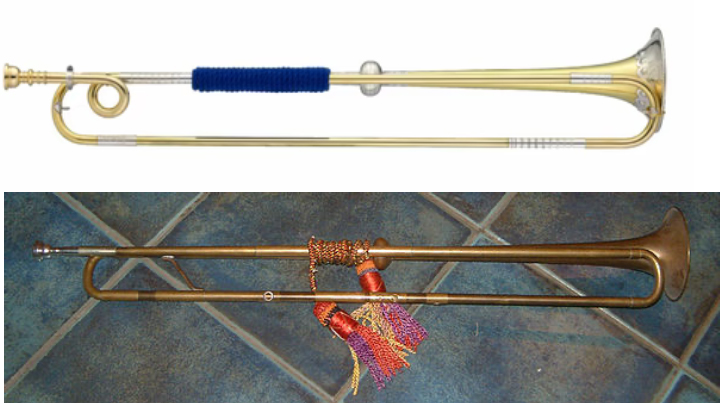
The natural trumpet was originally used as a military instrument to facilitate communication (e.g. break camp, retreat, etc.). Even before the late Baroque period the natural trumpet had been accepted into Western music. The baroque trumpet is designed to allow more modern performers to emulate the natural trumpet when playing music of that time. Some modern performers use natural trumpets unchanged in design since the Baroque era while others choose baroque trumpets constructed with vents which help to ensure acceptable intonation.
The first recorded use of the baroque trumpet in western music was in the 1500s. Its usage continued all the way until late 1800s when the modern trumpet with valves finally took over everything. The modern trumpet is designed to project the sound forward out of the bell (more direct), whereas the sound on the baroque trumpet tends to feel it projects more towards the side (less direct). The baroque trumpet. Its sound, being less direct, is often described to have a milder or sometimes even tender quality compared to the modern trumpet, and the trumpeter can stand right next to the other instrumentalists or singers without overpowering them.
Baroque composers made frequent use of trumpets in sacred, orchestral, and even solo works. Many of these trumpet parts are technically quite difficult to play on a natural instrument, and were often written with a specific virtuoso performer in mind. Highly skilled trumpeters were a prized commodity in the era, held in high esteem and avidly sought after by musical patrons.
Source: Wikipedia